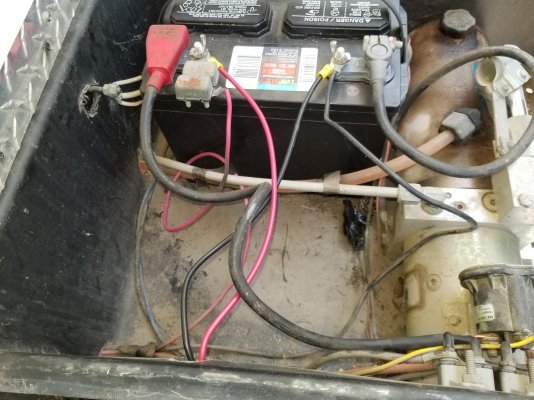RICHARD1943
Senior Member
My 2009 manual says to use type A or DEXRON 11 automatic transmission fluid in the pump reservoir. I recently saw a posting that reported using certain and definitely NOT using other fluids. Will someone please repeat that information so I purchase the correct fluid.
Several years ago I added fluid to the pump but have not needed to do so again and wish to have some with me 'just in case'.
You don't need to read my story about how that decision 'finally' happened after friends were certain it was an electrical problem and tore into my switches, etc. with their screwdrivers and testers. It does help to read the manual first.
Several years ago I added fluid to the pump but have not needed to do so again and wish to have some with me 'just in case'.
You don't need to read my story about how that decision 'finally' happened after friends were certain it was an electrical problem and tore into my switches, etc. with their screwdrivers and testers. It does help to read the manual first.




